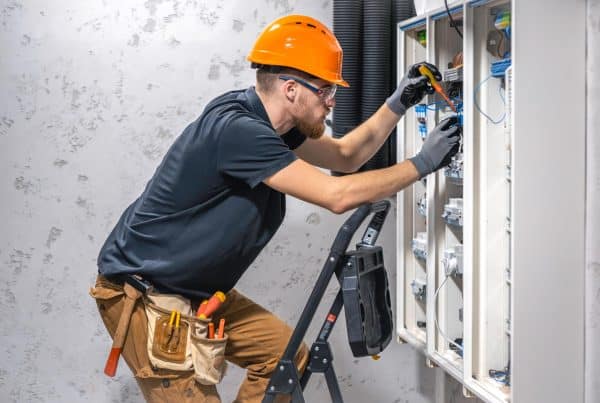When you stand in front of a building you often visit, what impression does the building make on you?
Does the building look dramatic?
Is it imposing?
Or do you find it welcoming?
Your answer is what you think of the design of the building’s façade. What is a façade, and what are its requirements in modern buildings? Let’s find out.
What is a Façade?
The exterior of the different buildings makes us react differently to them; some look attractive and appealing to us, some are tall and imposing, while others seem ancient or outdated. The difference in the look of the different buildings is no accident. Instead, it results from the amount of attention the architect or builder paid towards the design of the front façade.
A building’s face or exterior wall, a façade, is generally the outcome of a design process involving the deliberate positioning of doors or windows. These elements typically have a certain order to them. While a building’s exterior wall with a design element is what a façade generally refers to, it can sometimes mean its front wall has an entrance.
Compared to the rest of the structure, the façade in the front typically gets a special or more detailed architectural treatment. Depending on its design, a façade can be simple, decorative, or imposing. You can obtain a better knowledge of façade design with a review of coral home builders. Now that you know what a façade is, we can discuss the requirements for a façade in modern buildings.
What are the Requirements for Façade in Modern Buildings?
There are many different architectural requirements for doors and windows in modern buildings. Therefore, there are several design characteristics and features to look for when choosing a façade cladding material for your building. These requirements include:
- The appearance of the façade
- Energy efficiency
- Fire protection
- Weather resistance
- Light transmission that is easily visible
- Sound reduction
- Solar heat gain regulation
- Security
These are some of the most important things to consider when choosing a façade for your building. However, the importance of each of these considerations will depend on different variables or factors such as your physical location, security needs, local climate, energy goals, the orientation of your home to the sun, etc.
In addition to the above, it is important to remember that some facades are for aesthetic reasons only, and they cannot bear the weight of the overall building structure. It is possible to design facades in many sizes and forms and add a design element that brings a façade idea to life.
Due to the environmental benefits of timber, using timber cladding as a façade in a building is highly recommended. Another façade cladding material popular among builders and architects is Aluminium Composite Material (ACM).
Why is ACM a Popular Choice Amongst Builders and Architects?
A cladding material used on a building’s exterior, Aluminium Composite Material or ACM, serves one main purpose: to help create durable and aesthetically-pleasing facades. A material that plays a key role in façade construction, ACM is the choice of many builders and architects today due to the following advantages.
Low Maintenance
ACM requires far less maintenance than other similar materials/products.
Lightweight
ACM’s strength-to-weight ratio is incredible.
Versatile
The material is available in various colours and configurations, ensuring great cladding material versatility for architects and builders.
Durable
ACM can withstand natural elements and is extremely strong, ensuring its longevity.
Flexible and Adaptable
ACM is incredibly easy to use for unusually shaped facades. It means that you can easily use the material around corners and curves.
Considering the above advantages of ACM, it is easy to see why the material is a popular choice amongst builders and architects. So, where are the architects and builders today using ACM?
Firstly, it is important to know that there are many applications of ACM today. Some of the most popular applications of ACM include advertising panels, displays, signboards, and displays. Additionally, panels made from the material are used to fix or support signs; they are also used in exhibitions and galleries to add an embellishment to these events.
Overall, ACM is suitable for many modern-day construction applications. Additionally, they are easily affordable and available in both ready-to-use and completed finishes. ACM is also available in a form suitable for industrial use and interior decoration.
Final Word
Today, Aluminium Composite Material (ACM) is used in apartment buildings, hotels, banks, office buildings, restaurants, and more. It can also be used as an interior decorative material to improve the overall ambience of a house or office. All these reasons make ACM a great choice for builders and architects.








